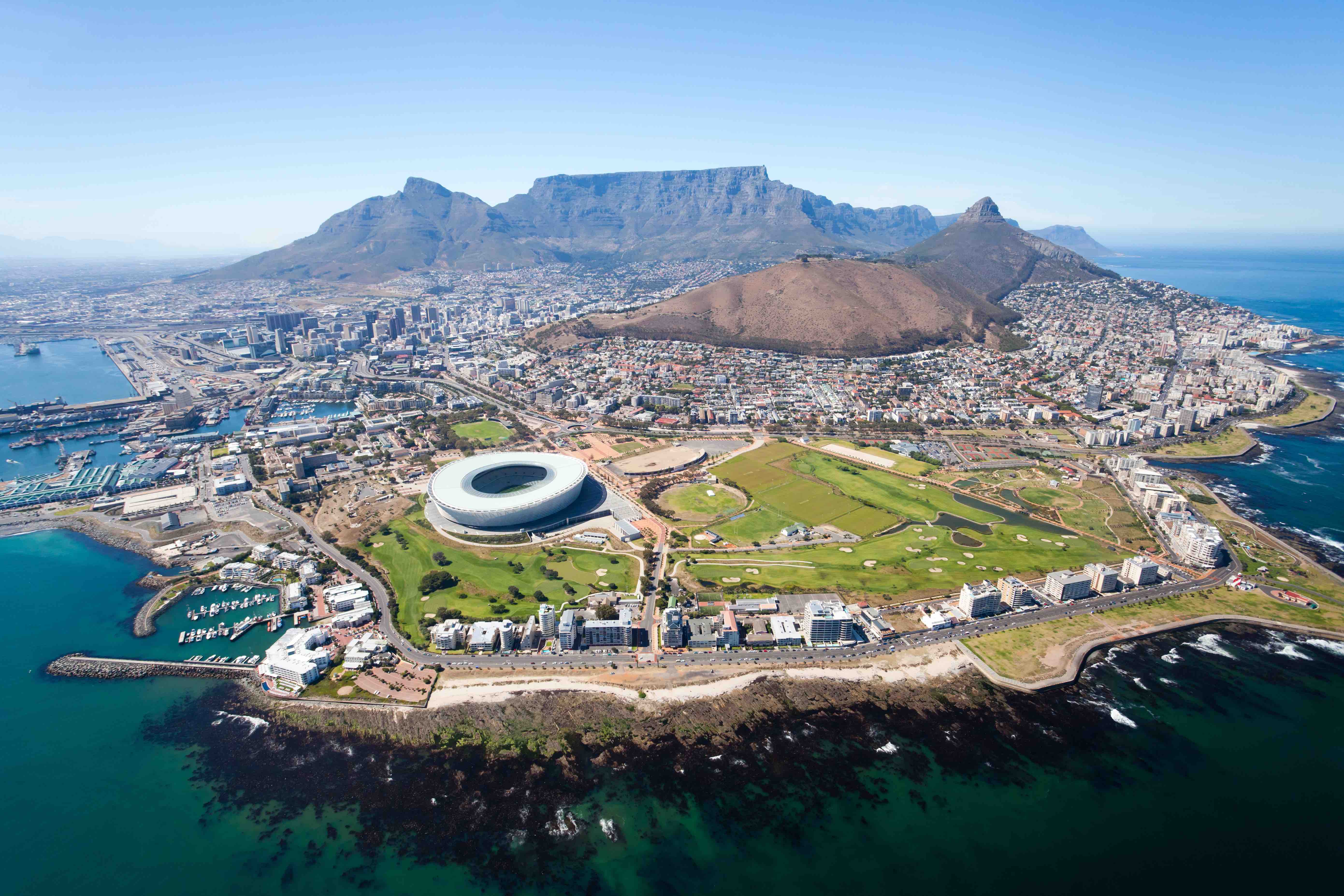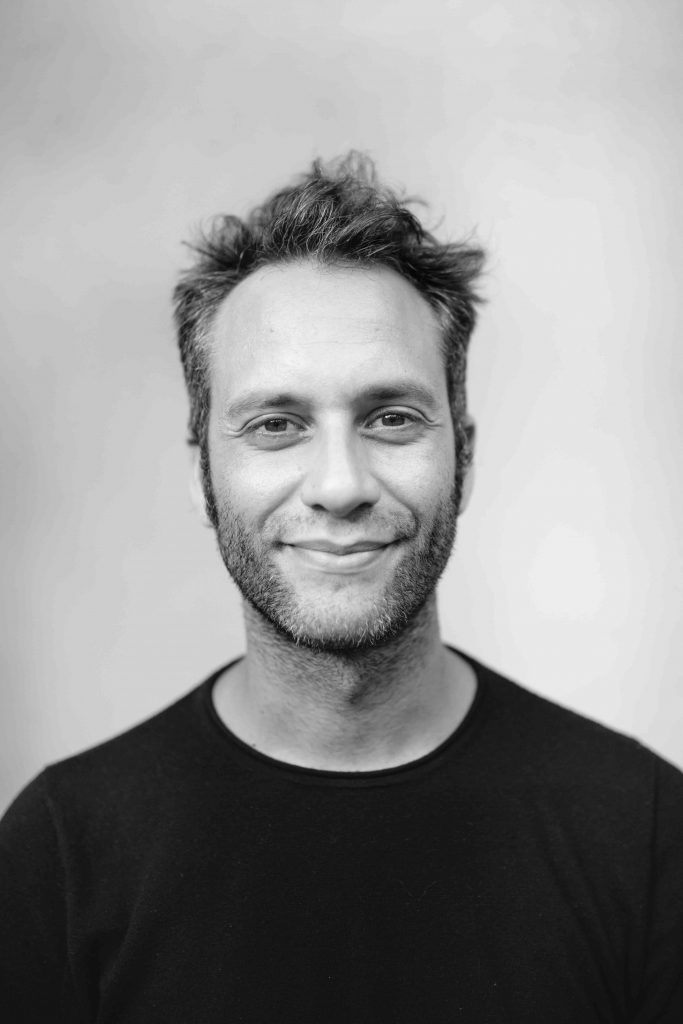
Alejandro Borrego gained experience by first working for renowned architecture practices. These include Guz Architects, Andy Fisher Workshop and CGS Architects. Since then, he has designed a wide variety of projects in countries such as Spain, New Zealand, Myanmar, The Maldives, India, Vietnam, Indonesia and Sri Lanka.
He set up his Atelier in Indonesia in 2014. Specialising in luxury sustainable projects which are based on ‘a refined understanding of local materials, the climate and traditional architecture that enables us to harmoniously assimilate modernism with the traditional wisdom of the island’. He practises an architecture of pure elements in dialogue with nature and the individual character of the locations. Thus, emphasising intelligent sustainable design through the highest quality solutions.
The Decorative Surfaces interviews Alejandro Borrego.
With what architectural style do you identify?
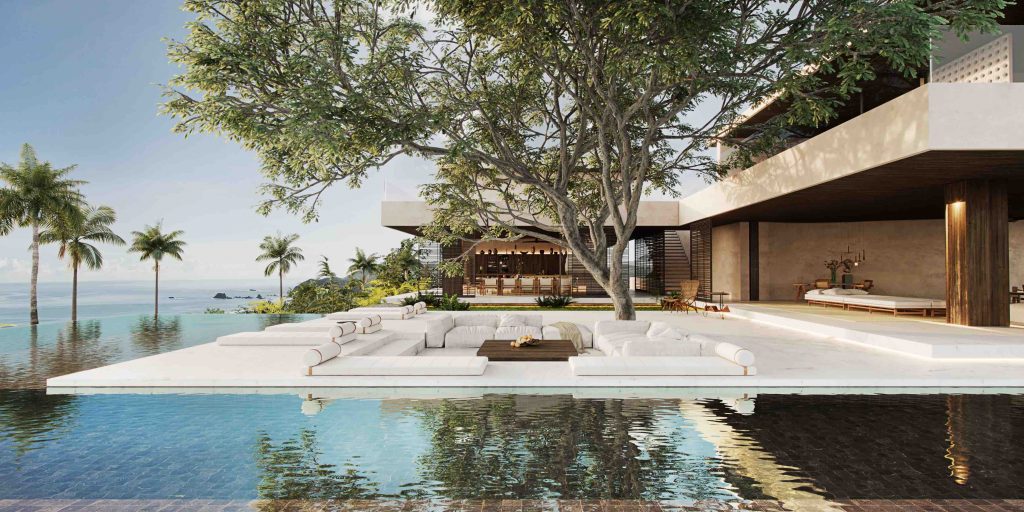
With tropical rationalism. Our mission is to design gardens with houses instead of houses with gardens. It is hugely important to use to integrate the homes into their setting.
What architectural style identifies South East Asia and Oceania?
Local tropical architecture prevails, although each island has its own style and building techniques.
Who are your reference points?
Geoffrey Bawa, Luis Barragán, Bernardes, Marcio Kogan…
Where do you think architecture and interior design are headed?
Towards minimalism that values quality over quantity, and where we learn the importance of materials in their purest form. Natural products with no chemical treatment at all.
Is sustainable co-existence possible? Do you believe in bioclimatic architecture?
Not only do I believe in it, but we put it into practice 100%. Our studio does not design a project without a connection to nature and a huge respect for her.
And what type of materials do you use in your projects?
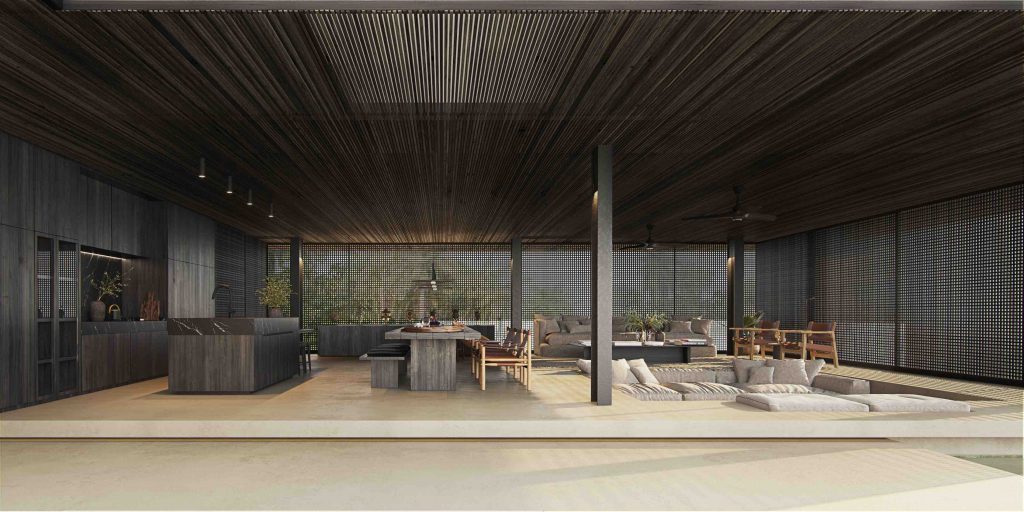
Natural local materials with no chemical processing. We try to avoid any product that requires chemical treatments that harm the environment.
How do you see your profession in the current pandemic scenario and with regard to the trends towards sustainability?
Having to stay at home for longer periods than we are used to has opened our eyes to how important details are.
What projects are you currently working on?
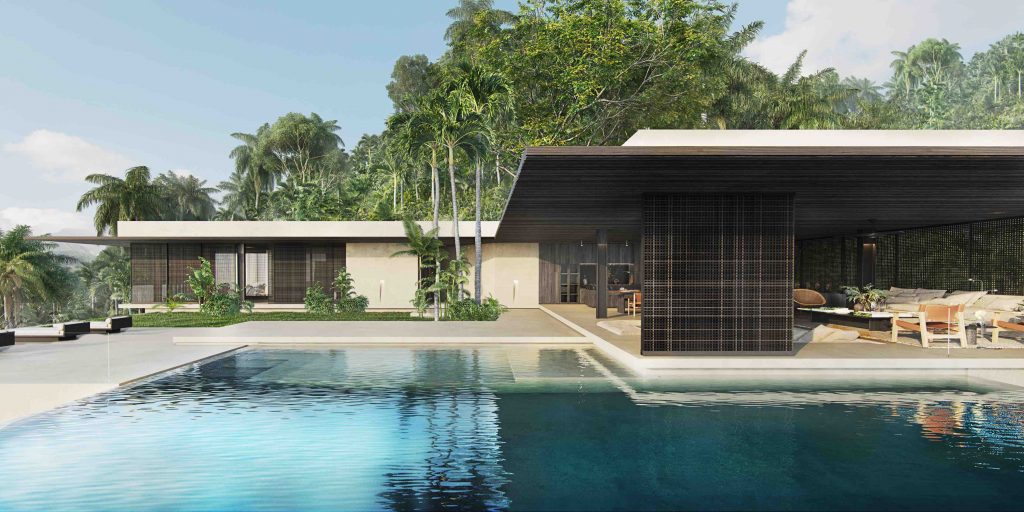
We are currently building seven villas in different parts of the globe. Right now, we are working exclusively in the residential sector.
Which one are you most proud of?
Honestly, all our projects give us reason to be proud. Our connection to projects goes from start to finish as the studio works on the architecture, interior design, decoration, and we collaborate with landscape designers to create the garden concepts; this means that nearly every project runs for at least two years and becomes a part of your life.
Could we say there is a global trend towards certain styles or do you think that the local remains alive and kicking? Could you give an example to us?
The local predominates and is gaining ever more traction. Working sustainably brings us closer to materials and techniques that surround us and make architecture take on a local character. I think this is really important to improve social conditions (traditions and jobs are maintained), economic conditions (the local economy is boosted) and environmental conditions (working locally reduces pollution from transport, processing, etc.).
And turning to surfaces, could you name a favourite?
One of my favourite projects is the Katsura Imperial Villa in Kyoto, dating to 1600.
It is an incredibly minimalist design for being so old.
What senses do you think are most involved in creating spaces?
I think all the senses come into play with architecture: sight through proportions; taste through fruit trees; touch through textures; smell through aromatic plants, and hearing through the ventilations that ran throughout a home.

